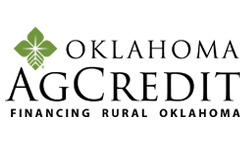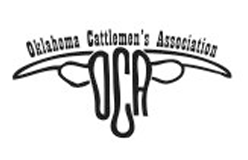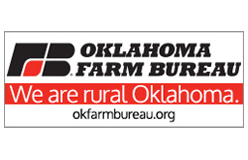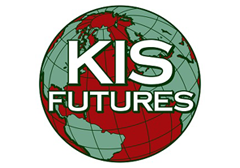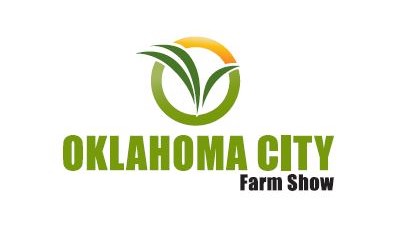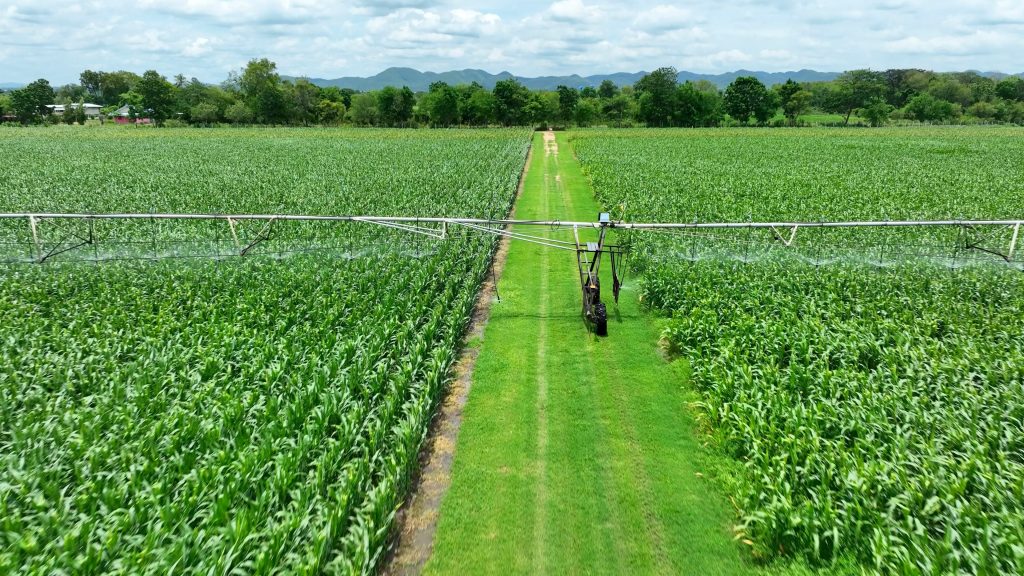
Farm Input Prices Poised to Rise in 2026 Due to Tariffs
American farmers are preparing to face higher input costs in 2026, primarily driven by the impact of recent and anticipated tariffs on international trade. According to John Appel, Vice President of Category Management for the Farmers Business Network (FBN), the effects will not be uniform, with some critical agricultural products facing significantly steeper price hikes than others.
Unequal Impact on Key Chemicals
While general input costs are expected to rise, the increase is highly specific to the sourcing and trade status of the active ingredients. Appel points out that the impact is not “one size fits all” across crop protection products.
Maximum Tariff Exposure Several widely used products will be subject to the maximum amount of tariffs, with no current exemptions:
- S-Metolachlor
- Clethodim
- Dicamba
Layered Duties on 2,4-D The herbicide 2,4-D faces a particularly complex and severe cost increase. Its price is impacted by multiple layers of trade duties:
- Significant Tariffs: General tariffs imposed on products from major source countries like China and India.
- Anti-dumping and Countervailing Duties: Additional duties resulting from a Corteva lawsuit filed last year.
This layering of duties has already caused the cost of 2,4-D to significantly increase throughout 2025, a trend expected to carry into 2026 planning.
Strategic Planning for Growers
Appel encourages growers to be proactive in managing these rising costs and conserve their spending power, recommending two key strategies:
- Diversify Chemical Sourcing: Farmers should “do their homework” and actively shop for different chemical options. This includes building crop plans that utilize generics to avoid the maximum price exposure of brand-name products impacted by tariffs.
- Preserve Cash Flow: Growers are advised to look for ways to keep cash liquid by leveraging favorable financing terms, such as seeking low-interest or no-interest financing options for their purchases.
As channel inventory of lower-cost products has largely been depleted, the structural cost increase from tariffs is now fully integrated into the market price. Therefore, proactive business planning and strategic purchasing will be critical for managing farm profitability in 2026.


